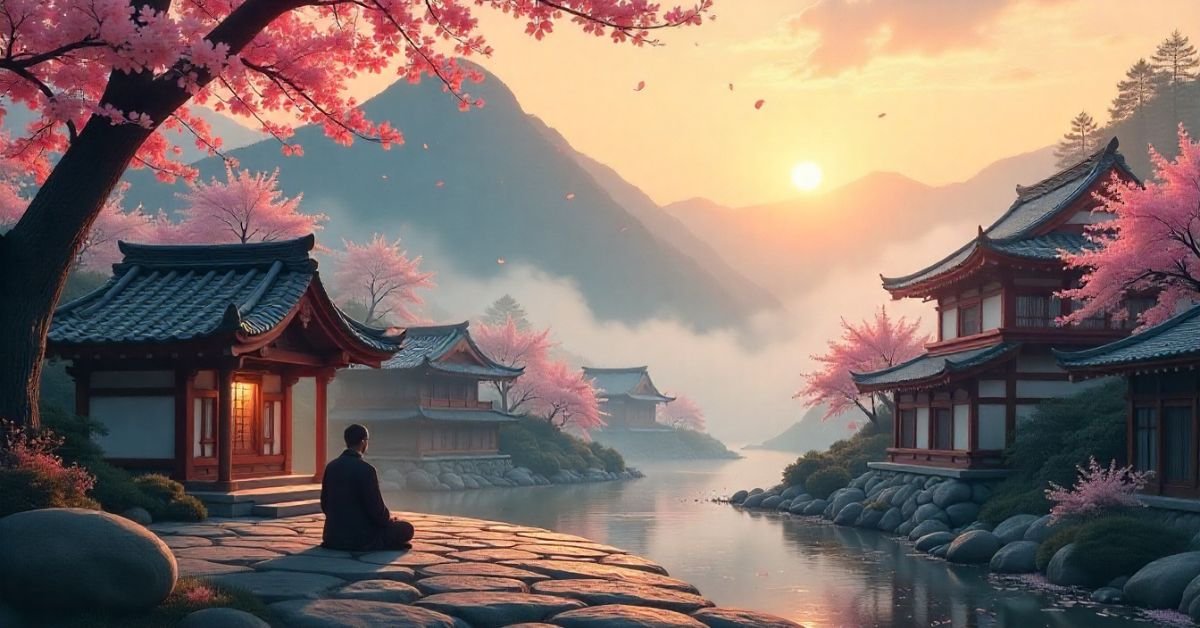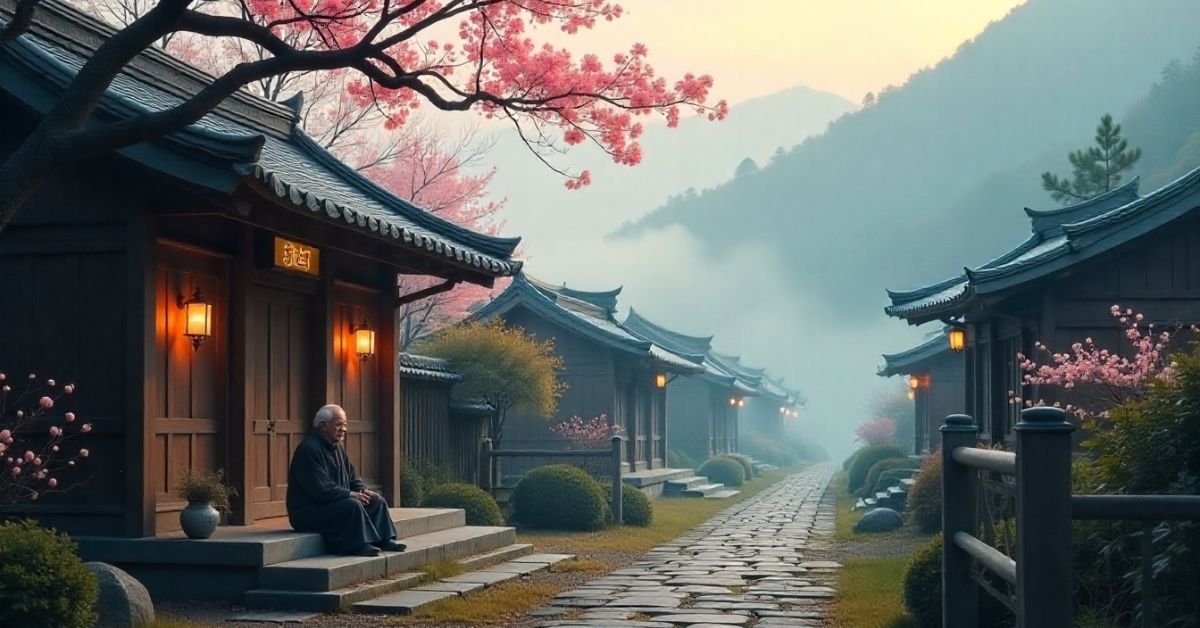Introduction
The word Anheihe has taken on many lives in 2025. For some, it’s a picturesque, lesser-known wellness destination tucked away in southern China. For others, it’s a term bubbling up on digital platforms, whispered in TikTok comment sections, or tucked inside niche internet slang. But beneath these surface definitions lies something far more enduring: It’s a timeless cultural value—rooted in honor, peace, and introspection.
This article untangles the different meanings surrounding the term and focuses primarily on its philosophical and cultural dimensions. In doing so, we pay homage not only to the place named Anheihe but also to the hidden emotional strength and community wisdom that the word symbolizes.
If you’ve ever felt the power of quiet resolve, the depth in a wordless understanding, or the strength behind non-reaction—you’ve already met it in practice.
The Layers of Anheihe: A Word, A Place, A Philosophy
Like many culturally significant terms, “anheihe” defies simple translation. It’s a word wrapped in layers of land, language, and meaning.
The three Primary Meanings in 2025:
| Interpretation | Description | Intent Type |
| 1. Geographical Place | A serene mountain village in southern China known for its quiet retreats and nature trails. | Travel/Wellness |
| 2. Internet phrase | Used in meme culture or slang to suggest ‘low-key vibes’ or ‘peace mode activated’. | Digital/Cultural |
| 3. Cultural Value | A deep-rooted philosophical principle promoting restraint, emotional balance, and inner peace. | Philosophical/Emotional |
In this article, we focus on the third and most profound interpretation it’s as a living philosophy relevant to communities navigating modern chaos.
A Cultural Mirror
Long before maps marked “Anheihe” as a place, small communities in East and Central Asia used the word in oral traditions—to describe silent leadership, emotional containment, and the unseen strength required to hold families, rituals, and relationships together.
While there’s no singular documented origin, anthropologists trace similar expressions across languages:
- “安黑和 (ān hēi hé)” can be contextualized as “peace in silence and dark calm” in Mandarin.
- In tribal storytelling, elders referred to this moments to describe acts of kindness done without acknowledgment.
The Modern Resurgence of Timeless Values
As our online world becomes louder, faster, and more performative, ancient values like it stand in welcome contrast. People are now seeking:
- Digital detoxes
- Silent retreats
- Emotional resilience
- Mindfulness over hyper-reactivity
These modern needs resonate perfectly with traditional values, where quiet power outweighs loud declarations.
Stat Snapshot:
According to a 2025 Digital Wellness Report by CalmTech Institute, 69% of Gen Z now associate value with “low-stimulation spaces,” up from 39% in 2022.
It’s is no longer just a tradition. It’s a timely cultural remedy.
Anheihe vs. Modern Values
Let’s break down how this more profound meaning of anheihe compares to current popular values:
| Trait | Anheihe Value Approach | Modern Social Norm |
| Communication | Reserved, indirect, symbolic | Instant, direct, public |
| Validation | Internal, ancestral recognition | External, likes & metrics |
| Conflict Resolution | Silence, space, gesture | Assertion, confrontation |
| Wisdom Sharing | Through rituals, pauses, deference | Through commentary & hot takes |
It encourages people to slow down and listen before reacting—a practice often lost in digital messaging culture.
Where Anheihe Lives Today

Even without formal books or written rules, anheihe survives in behavior and collective memory.
Real-Life Examples:
- Village healing rituals where silence replaces speech after a communal loss.
- Family gatherings where elders communicate approval with eye contact, not compliments.
- Nature paths and temple visits done without selfies—just breath and presence.
These are not romanticized legends. They are current-day practices in small provinces across Hainan, Yunnan, and diaspora communities in Malaysia and California.
The Place Called Anheihe
To shift briefly—the actual Anheihe village is gaining traction as a wellness destination, precisely because it reflects the value system it’s named after.
What you’ll find there:
- Thin valley air is ideal for meditative walks.
- Community-built retreat farms
- Local storytellers who describe “power as invisibility”
- Residents practicing deliberate anonymity—a kind of cultural privacy
While tourism websites often sell it as a “hidden gem,” visitors come away talking less about the views and more about the feeling—the unspoken pull of presence.
Digital vs. Traditional
Ironically, while Anheihe resists noise, it’s found new life on the internet.
You’ll often find it used in hashtags like
- #anheiheenergy
- #softmode
- #stoicgirl
- #quietconfidence
In digital culture, it’s become a code for “non-reaction as a power move.” Influencers drop it when they post about staying calm in chaotic spaces.
Is the term an appropriation? Or is this cultural evolution?
The answer may lie in teaching the philosophy’s roots rather than gatekeeping its use.
Anheihe and Emotional Intelligence
Leadership scholars and emotional intelligence advocates study values like anheihe for insight into silent strength.
How It Supports Mental Clarity:
- Promotes pause-before-reacting
- Encourages value-based decision-making
- Builds resilience in communication
- Reduces overstimulation
Practices like mindful breathing, quiet mealtimes, and gentle rituals often mimic original Anheihe customs.
Global Parallels
The value behind anheihe exists in other languages too—proof that emotional nuance is globally respected.
Side-by-Side Comparative Table
| Culture | Local Value | Description |
| Japan | Ma 間 | The power of the space between moments |
| India | Mauna व्रत | Silence as spiritual practice |
| Ethiopia | Musse | Wisdom passed with still eyes, not spoken words |
| Māori (NZ) | Whaia te kotahitanga | Silent unity in ritual or emotional distress situations |
Living Anheihe in 2025
Don’t just read about anheihe—try living it. Here’s how:
- Start your mornings without your phone for 30 minutes.
- Refrain from explaining your boundaries. Let them sit in silence.
- Practice a family meal in silence once a week.
- Write in a journal about your unexpressed emotions to better understand their tone.
These practices retrain the mind for emotional clarity. They connect modern life with timeless rhythm.
FAQs
Is Anheihe a real place or a concept?
Both. It’s a village in China and a traditional emotional philosophy.
Can anyone practice the value of anheihe?
Yes. It’s about intention, not origin—pause, reflect, speak less.
How is Anheihe used online?
Anheihe is typically used to refer to calm, peaceful, “soft-mode” energy, particularly in fashion and lifestyle niches.
Is this emotion related to religion?
Not exactly. It’s culturally spiritual but not bound to a faith tradition.
What’s the difference between traditional and internet anheihe?
The former reflects discipline; the latter reflects aesthetic mood.
Conclusion
In many ways, the story of Anheihe mirrors the story of our modern lives. As technology accelerates, expectations heighten, and social noise grows louder, the most radical act today might not be to speak louder but to remain still. Anheihe, both as a place and as a profoundly rich cultural philosophy, offers us that alternative path.
It reminds us that emotional strength doesn’t need an audience and that wisdom can be quiet yet transformative. Where much of the world praises confrontation and hyper-visibility, Anheihe invites us into something more enduring: internal balance, restraint, grace under silence, and connection without words.
Whether you’re standing atop the misty hills of the Anheihe village or navigating a flood of digital opinions online, this ancestral philosophy has relevance. It is not about disappearing, it’s about being so grounded that you don’t need to shout to be heard. That’s where the real strength lies.
As cultural tides shift and younger generations rediscover ancient values, we find that anheihe is not outdated, it’s timeless. It’s a tool for reclaiming presence in a world obsessed with pace. It’s a mindset that embraces emotional clarity, personal agency, and respectful distance in an overstimulated era.


